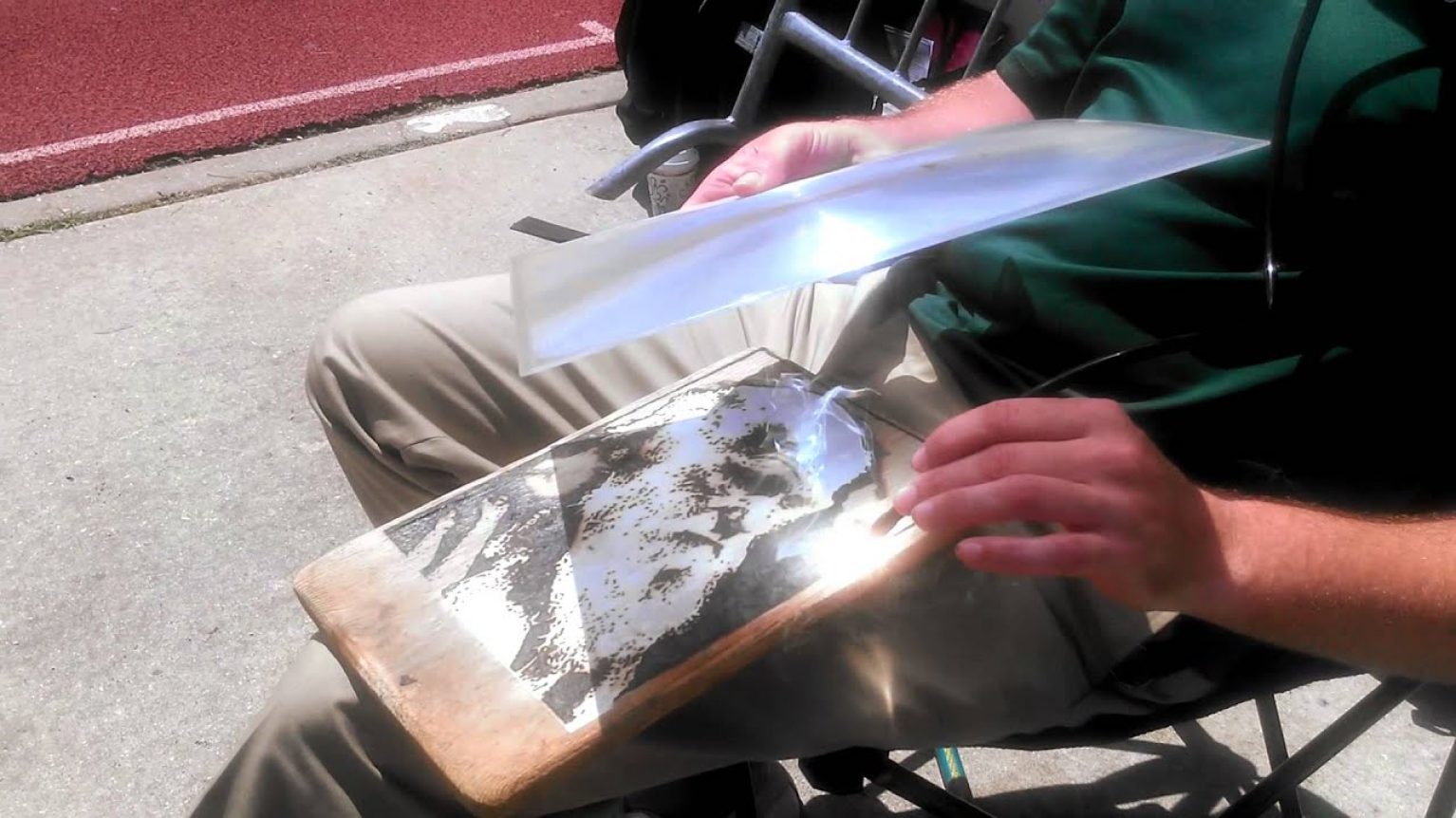The evolution of photography is something that has spanned many years, with input from different inventors, different companies and different techniques. One of the earliest techniques that helped shape the growth of photography, was the photographic process called Heliography.
Who invented Heliography?
Heliography is a photographic process that was invented by Nicéphore Niepce. In some cases – it is still used today (mainly for photo engraving). It was the process of Heliography that created the first and earliest known permanent photograph, taken from a nature scene. Niépce’s famous and iconic photograph “View from the Window at Le Gras” (c. 1826) is what the photograph is called, and is referenced and discussed in many photography books as one of the most important photographs ever taken.
However, It’s interesting to note that many books quote Niépce, claiming his interest in Heliography was primarily because he wanted to improve lithography, which was his lifelong passion.
The process of Heliography
At the time of invention, Heliography was a ground-breaking process. Here’s a rough outline of how the Heliography process took place:
- The naturally occurring asphalt bitumen, is applied as a coating on glass or metal
- This chemical then hardens in relation to the light exposure available
- The plate is then washed with oil of lavender
- After washing with oil, the only area remaining would be the hardened area where the image formed.
In Niépce’s famous photograph “The View from the Window at Le Gras” he recorded having given the image an eight-hour exposure, which gives you an idea of how long this process took.
Where does the word come from?
If we break down the word ‘heliograph’ we can see the Greek origins of the word. Helios (Greek: ἥλιος), means “sun” – which can relate to the light exposure that the process is reliant upon.
The second part of the word, can be drawn back to the word ‘Graphein’ (γράφειν) which means “write”.


Leave A Comment